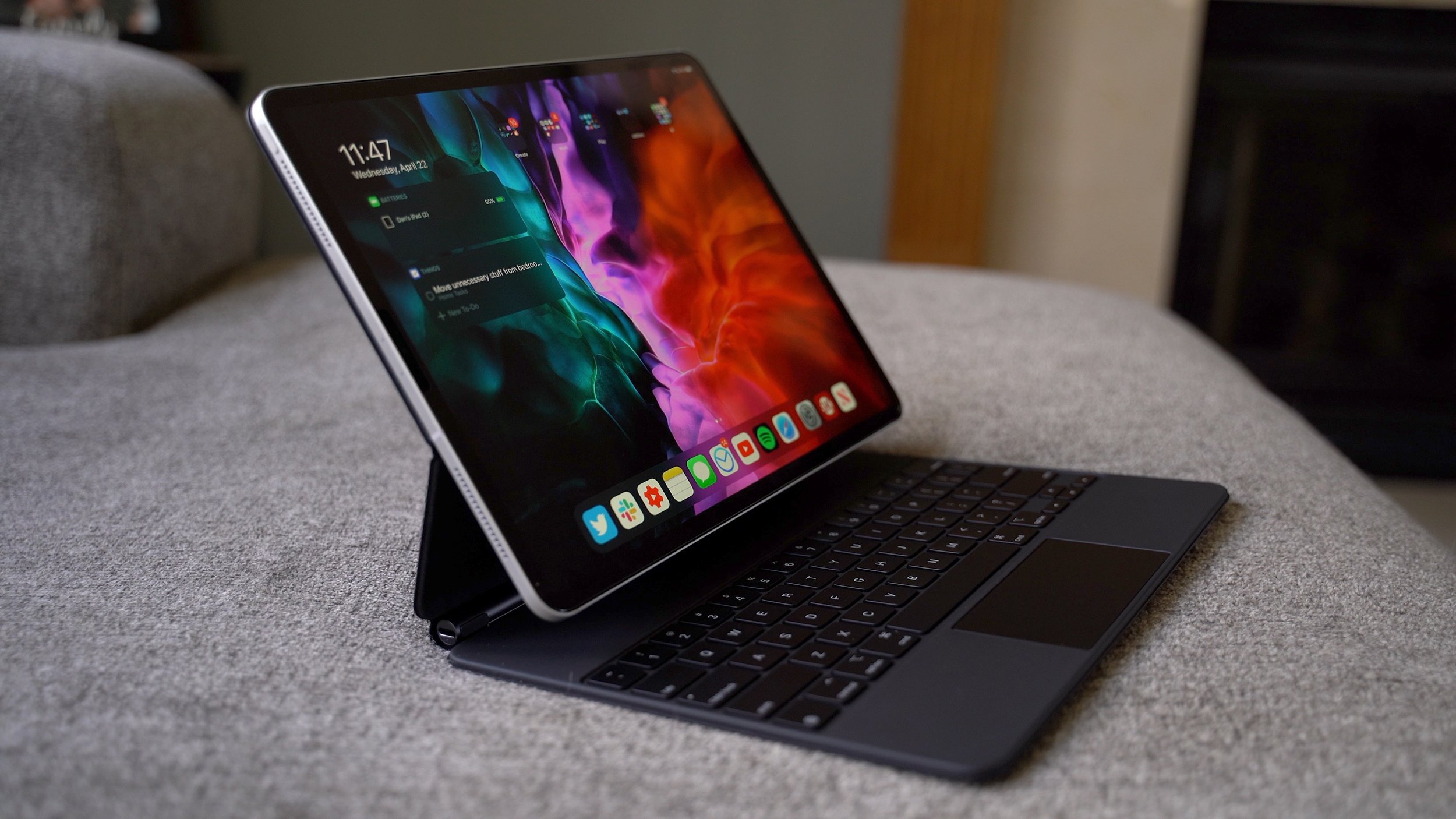
The worldwide tablet market has witnessed a remarkable resurgence, recording a 20.4% growth in the third quarter of 2024, with shipments reaching 39.6 million units. According to preliminary data from IDC’s Worldwide Quarterly Personal Computing Device Tracker, this impressive recovery underscores the growing demand for tablets across both consumer and commercial sectors. Analysts attribute the uptick to increased consumer interest, strategic device launches, and manufacturers’ focus on integration with artificial intelligence (AI). Following a challenging 2023, IDC’s data reflects an optimistic trajectory for the industry, bolstered by new product releases and holiday season preparations.
Apple continued to lead the tablet market with 12.6 million units shipped during Q3 2024, securing a 31.7% market share. However, despite a modest 1.4% increase in unit shipments year-over-year, Apple’s market share saw a decrease from 37.7% in Q3 2023. The company’s growth was largely driven by the back-to-school demand for its new iPad Air, but the high pricing of the latest iPad Pro model hindered its performance in emerging markets, where consumers are more price-sensitive. This shift highlights the increasing competition Apple faces, as rivals introduce competitively priced and technologically advanced tablets that are narrowing the market share gap.
Samsung, the second-largest player in the market, reported 7.1 million unit shipments, marking an 18.3% growth over the previous year. This growth came despite a slight decline in market share from 18.2% in Q3 2023 to 17.9% this quarter. Samsung’s growth was largely driven by the lower-end Galaxy Tab A9 series, which saw strong demand across various regions. Interestingly, while Samsung introduced premium models, such as the Galaxy Tab S10 Ultra and Galaxy Tab S10+ with enhanced AI features, it was the more budget-friendly offerings that resonated with consumers. Samsung’s strategy to cater to both premium and budget segments seems to be paying off, as it continues to capture significant shares in diverse markets.
Amazon claimed the third spot with a substantial growth rate, increasing shipments by an impressive 111.3% year-over-year to reach 4.6 million units and an 11.6% market share. This surge is attributed to Amazon’s two Prime Day events in 2024, which offered discounts across its product line, including the Fire HD 8 model, updated with AI capabilities. Amazon’s aggressive promotional strategies have enabled it to not only boost sales but also expand its market share by six percentage points, positioning it as a formidable competitor in the tablet market. The brand’s strategy of leveraging online sales events underscores the growing trend of e-commerce driving hardware sales in the tech sector.
Huawei, maintaining its fourth position, also showed impressive growth with 3.3 million unit shipments, a 44.1% increase from Q3 2023. The company now holds an 8.2% market share, up from 6.9% in the same period last year. Huawei’s strong performance was fueled by the popularity of its MatePad SE 11 model, which has proven appealing to both consumer and commercial markets due to its competitive price point. As Huawei continues to focus on affordability and AI integration, it is likely to retain momentum in the market. Huawei’s focus on balancing affordability with desirable features, particularly in markets such as China, has enabled it to become a top choice for price-conscious consumers seeking high-functionality tablets.
Rounding out the top five, Lenovo experienced a 14.7% year-over-year growth, shipping 3 million units and capturing a 7.6% market share. While Lenovo moved down in ranking, its year-over-year performance improved significantly, especially in key regions like China and Western Europe. This growth can be attributed to Lenovo’s efforts in the commercial market, where its devices have found favor among enterprises looking for reliable, cost-effective solutions. Lenovo’s focus on strengthening its foothold in diverse regional markets, combined with its adaptable product line, has allowed it to maintain relevance and capture market growth in various sectors.
The “Others” category, encompassing smaller brands, collectively shipped 9.1 million units, accounting for 22.9% of the global market. These brands demonstrated a collective growth rate of 21.8%, underscoring the competitive nature of the tablet market, where smaller players are increasingly making inroads. The presence of smaller brands highlights the growing diversity of tablet options, driven by varied consumer needs and the increasing integration of AI-powered features.
AI continues to be a significant factor influencing consumer interest, with manufacturers across the board beginning to introduce AI capabilities to differentiate their products and enhance user experiences. From facilitating smarter workflows and cross-device connectivity to enabling advanced features for entertainment, education, and even healthcare, AI is becoming integral to the modern tablet landscape. As demand for AI-integrated tablets grows, manufacturers are likely to prioritize these features, allowing them to cater to consumers willing to pay a premium for more technologically advanced devices.
IDC’s latest data suggests that the tablet market is poised for sustained growth, driven by both technological advancements and strategic pricing initiatives. However, the competitive dynamics indicate that established players may face increasing pressure from brands that can offer comparable functionality at lower prices. As brands roll out new models and invest in targeted promotions, the tablet market will likely see further shifts in market share distribution, with both new and existing players eager to carve out their niche in an evolving landscape.












